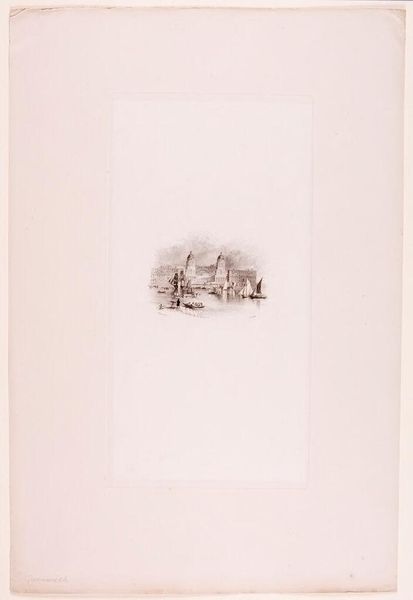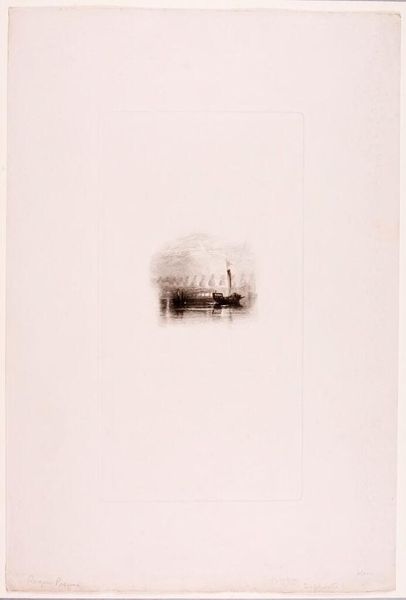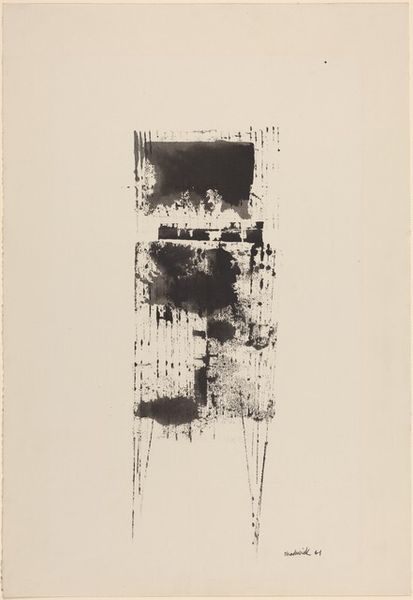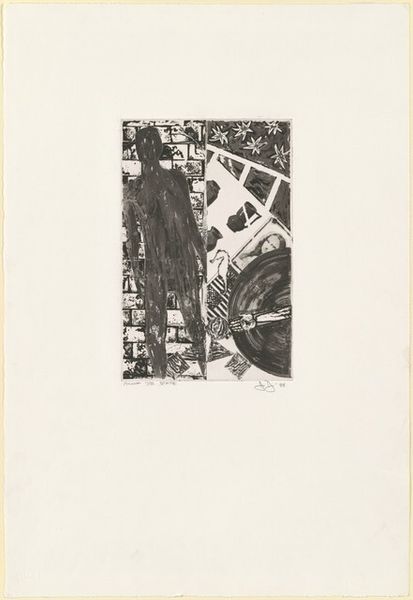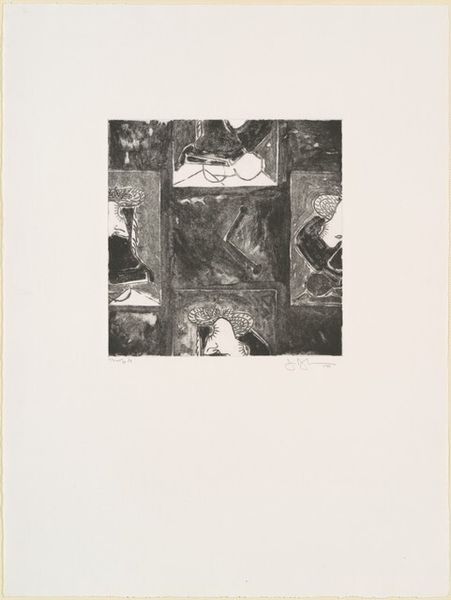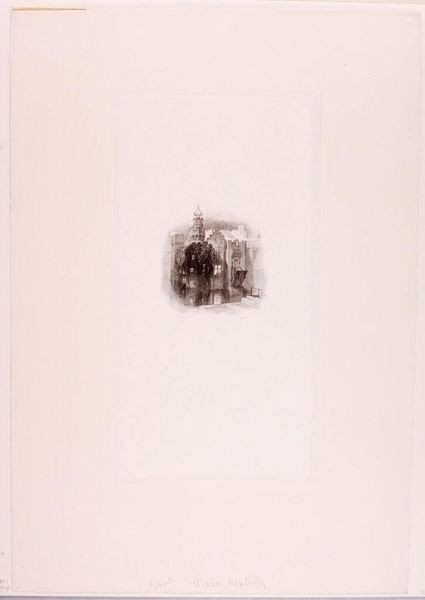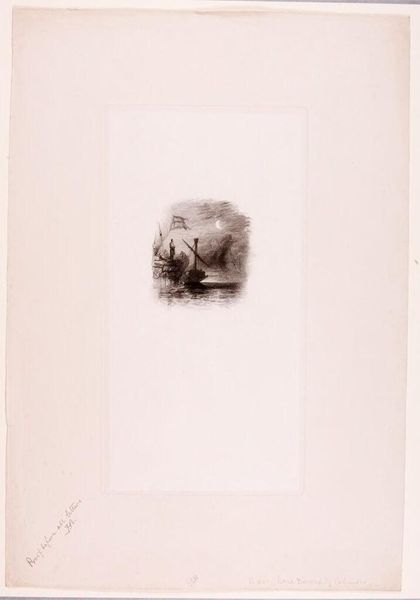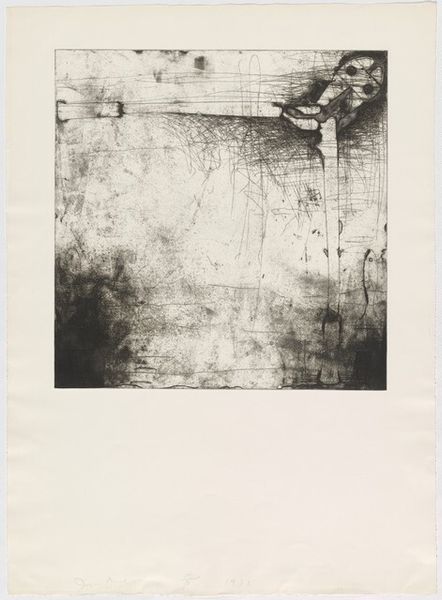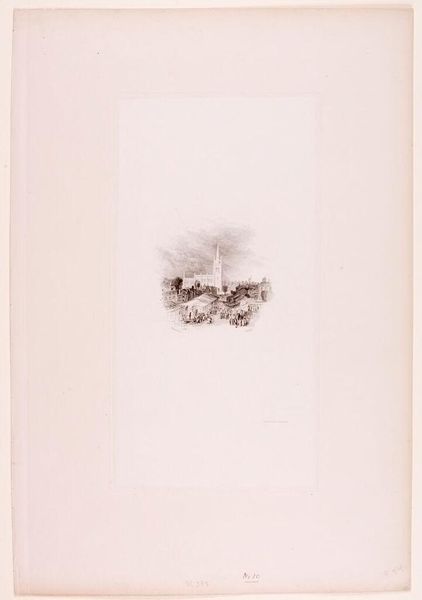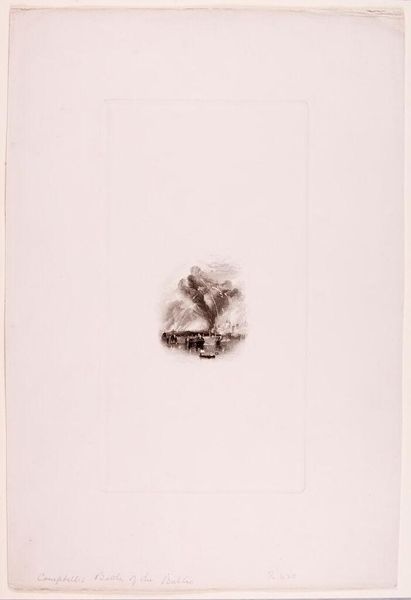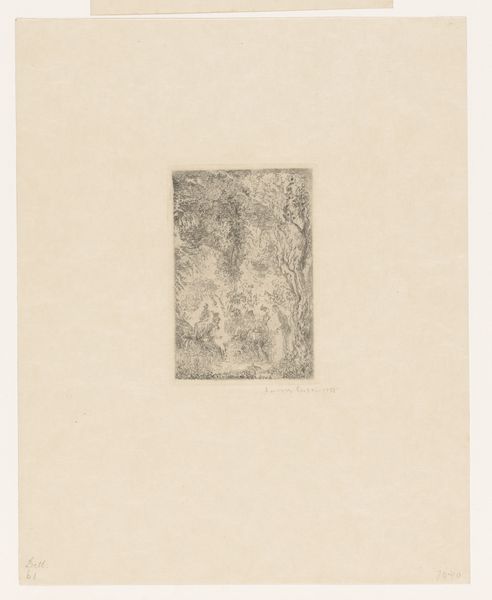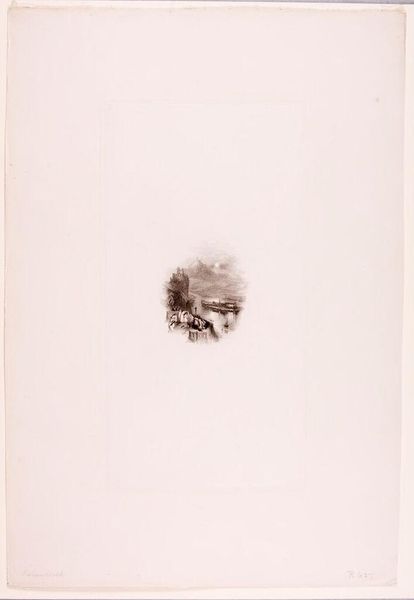![The Seasons (Winter) [trial proof] by Jasper Johns](/_next/image?url=https%3A%2F%2Fd2w8kbdekdi1gv.cloudfront.net%2FeyJidWNrZXQiOiAiYXJ0ZXJhLWltYWdlcy1idWNrZXQiLCAia2V5IjogImFydHdvcmtzL2I4NDFlMDFmLTRiMWUtNDYzNi04YmRlLTlhNGZjYjk3OTAxYi9iODQxZTAxZi00YjFlLTQ2MzYtOGJkZS05YTRmY2I5NzkwMWJfZnVsbC5qcGciLCAiZWRpdHMiOiB7InJlc2l6ZSI6IHsid2lkdGgiOiAxOTIwLCAiaGVpZ2h0IjogMTkyMCwgImZpdCI6ICJpbnNpZGUifX19&w=1080&q=75)
print, etching, graphite
#
contemporary
# print
#
postmodernism
#
etching
#
neo-dada
#
abstraction
#
graphite
Dimensions: plate: 48.9 x 32.39 cm (19 1/4 x 12 3/4 in.) sheet: 66.68 x 48.9 cm (26 1/4 x 19 1/4 in.)
Copyright: National Gallery of Art: CC0 1.0
Curator: This is Jasper Johns's "The Seasons (Winter) [trial proof]," an etching and graphite print from 1987. It’s an intriguing example of his exploration of abstraction. What catches your eye about it? Editor: The mood is so… spectral. That huddled form, crammed into the corner like a banished memory, gives me the chills, you know? As if winter isn't cold enough, he seals off any chance of finding warmth. Is it a ghost in the machine? Curator: Well, the "Seasons" series reflects on themes of mortality and memory. Johns incorporates personal motifs and imagery. The fragmented quality and starkness are characteristics of late 20th-century explorations of form and subjectivity in a world increasingly mediated by reproduction and technology. Editor: So it's like our own little existential snow globe, eh? I get the feeling this isn't so much about documenting the season but how winter shapes the inside. Like staring at frost and imagining monsters in it. How interesting that these themes take visual form in an etching, an established and reproduced form of art, no less! Curator: The choice of etching speaks to that idea of layered history. Johns is interested in artistic tradition. The very nature of the medium – building up an image through a process of scratching away, printing multiple layers -- speaks to a kind of archaeology of the self and society. Think of Johns as constantly quoting art history to tell a story of himself and, dare I say, the broader anxiety of his cultural milieu. Editor: Okay, but who names their ghost box *winter*? Maybe Johns is messing with us a little. This seems less like an answer and more like a giant, frozen question mark… sitting on the art world. Curator: His questions encourage further dialogue and artistic analysis, it leaves a resonating open space for cultural critics. This ambiguity invites different layers of thought about postmodern art in America. Editor: Precisely. Maybe that’s the warm thought this “Winter” actually brought— that someone out there will keep staring at it long after we’re gone. Curator: It certainly speaks to the endurance of the work that raises difficult, but beautiful, thoughts.
Comments
No comments
Be the first to comment and join the conversation on the ultimate creative platform.
